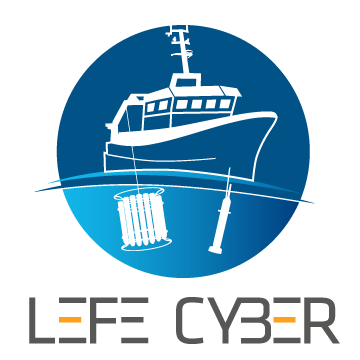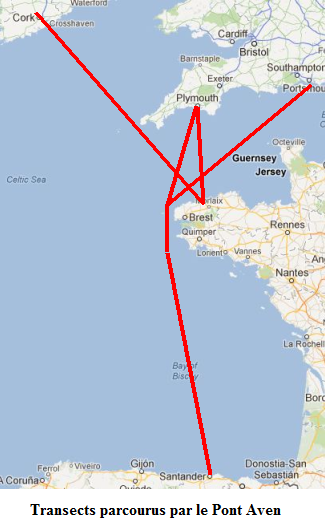CDS-IS-IMEV
Type of resources
Available actions
Topics
Keywords
Provided by
Representation types
Update frequencies
status
Scale
-

The Pelagos database is the result of collaborative work by the Réseau des Stations et Observatoires Marins (RESOMAR), now part of the ILICO research infrastructure. It brings together biodiversity data from the coastal pelagic ecosystem (including time series). One of the goals is to exploit the biological information acquired, to answer scientific questions concerning, for example, the factors controlling the distribution and abundance of pelagic organisms at different spatial and time scales.
-

The main purpose of the CYBER database, which supports projects selected by the Committee LEFE-CYBER, is to collect, store and disseminate data and scientific information (metadata).
-

The Ferry Box onboard Brittany Ferries’ Pont Aven vessel, which was installed in collaboration with Roscoff Marine Station, was financed by the Previmer project (CPER Bretagne funding). Within the context of this project, the data acquired by the device is used in the Previmer oceanographic models. The data can be accessed with the Coriolis oceanographic data server. Six surface parameters (temperature, salinity, oxygen content, chlorophyll fluorescence, turbidity and CDOM) are regularly measured during transects through a given area. In addition to these observations, plankton (both phyto and zooplankton are counted in the same way as for the Marine Station FerryBox installed onboard the Armorique ferry.
 Catalogue PIGMA
Catalogue PIGMA